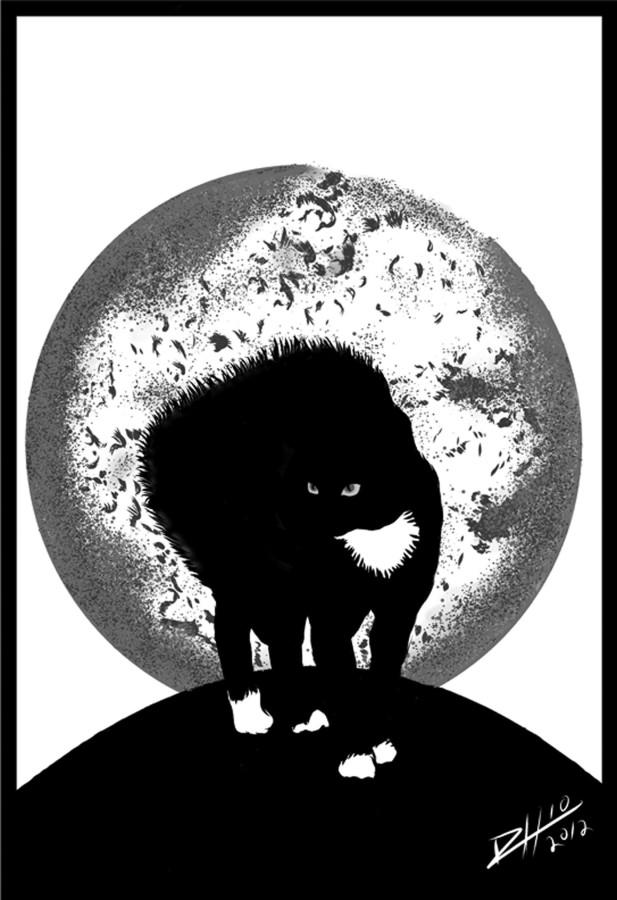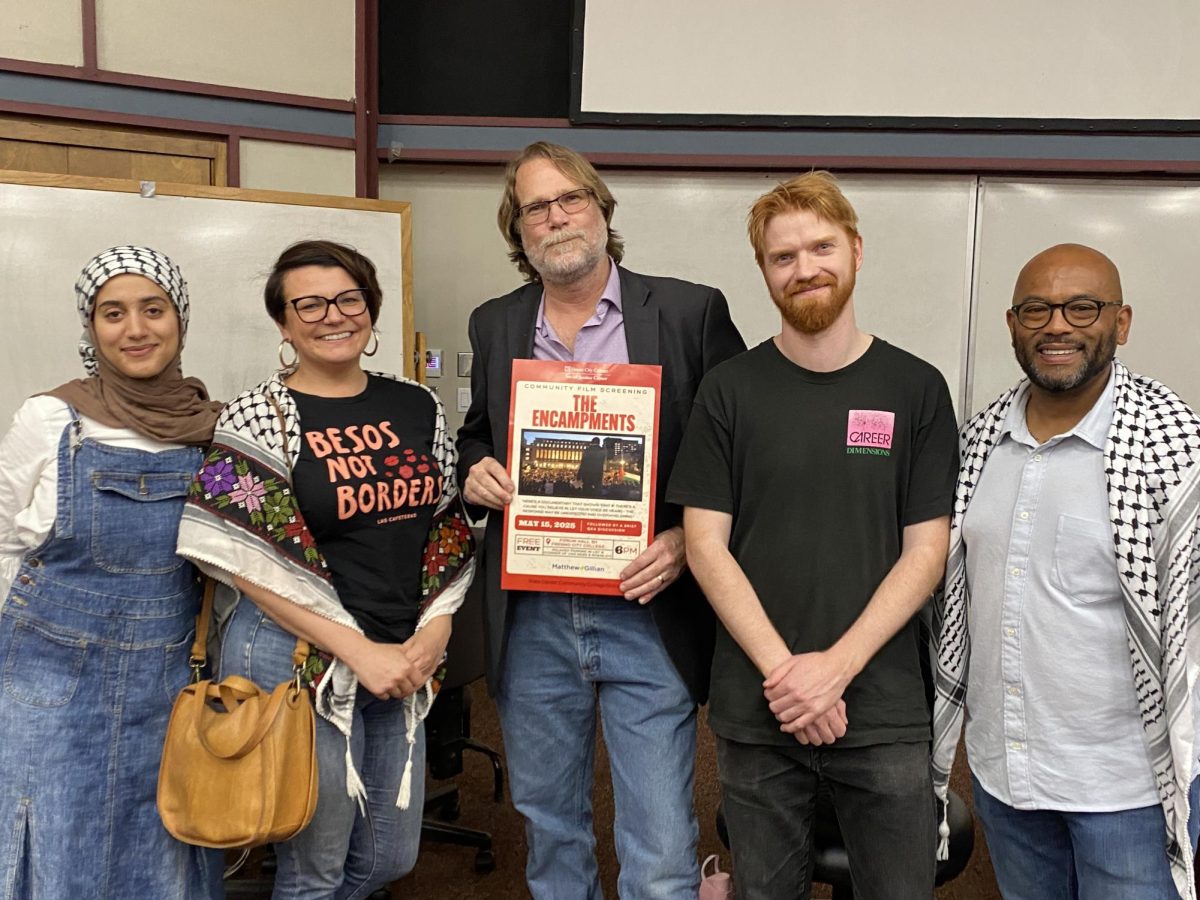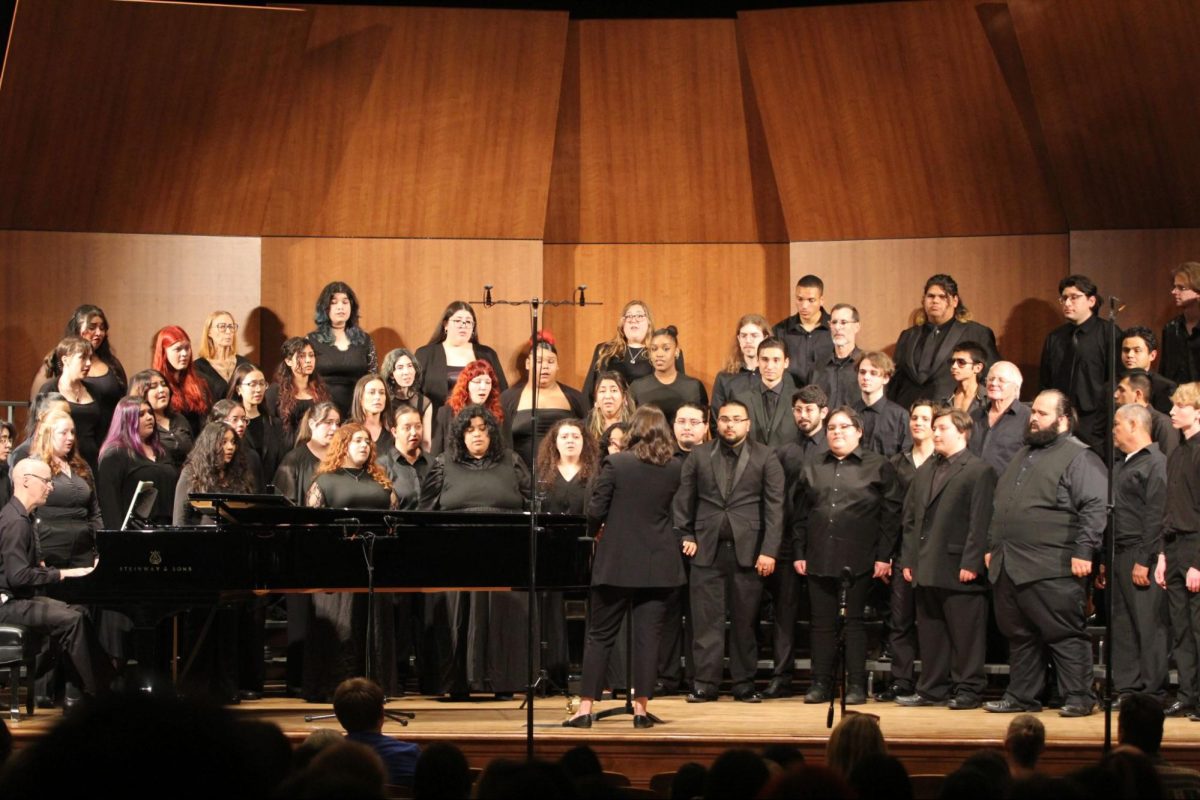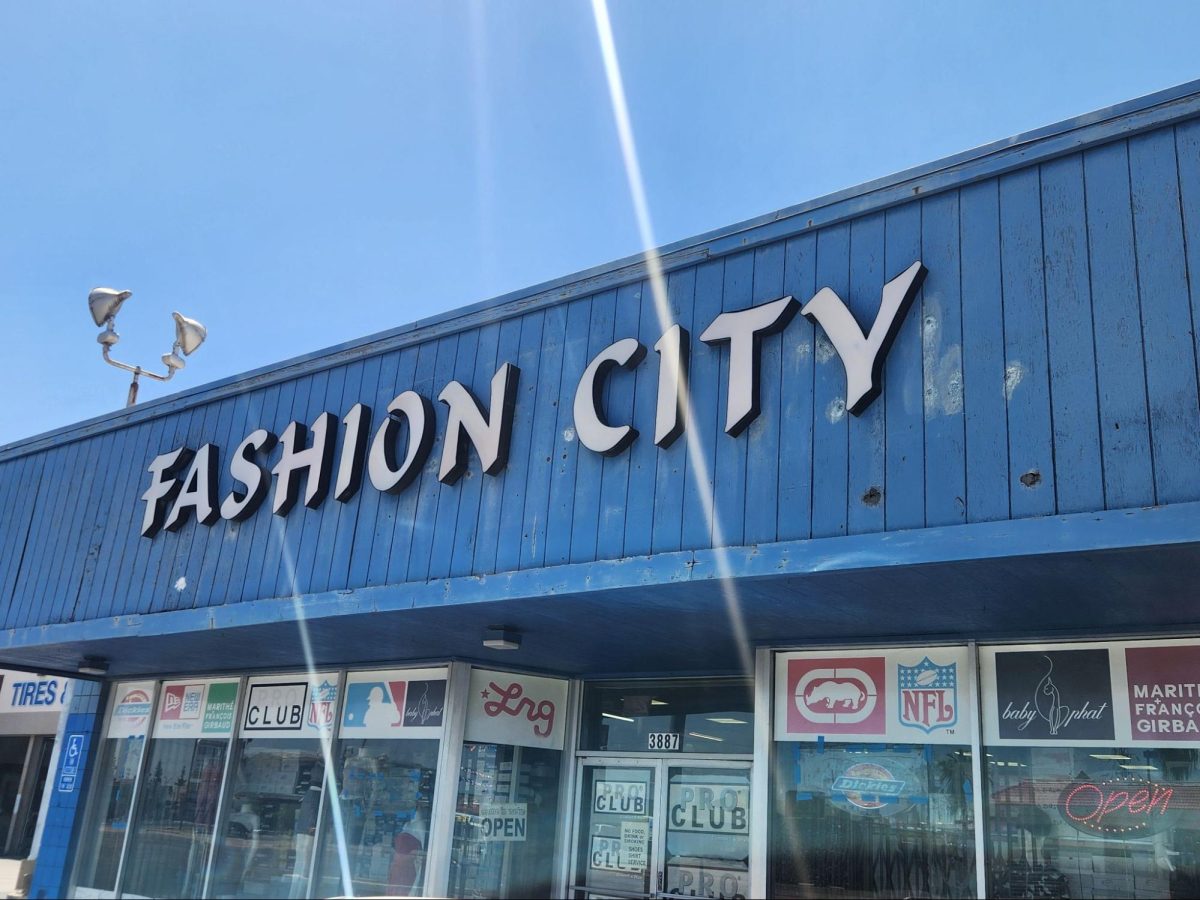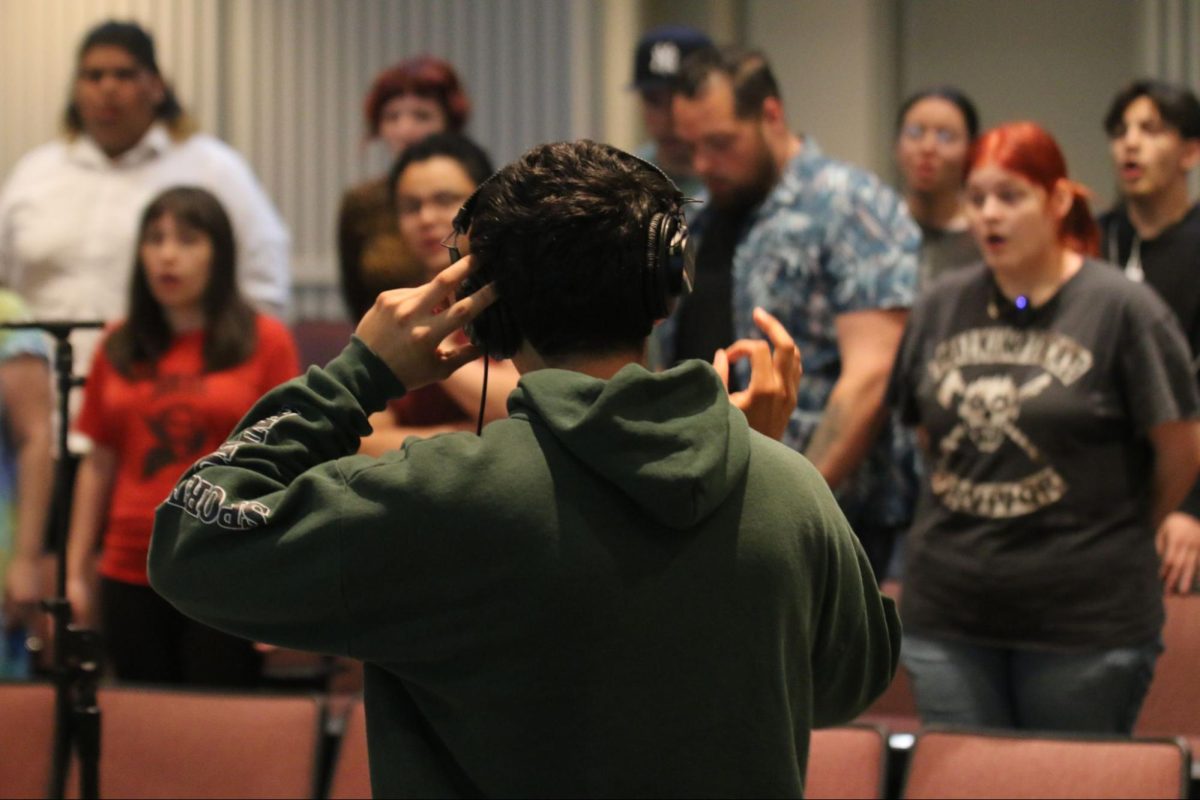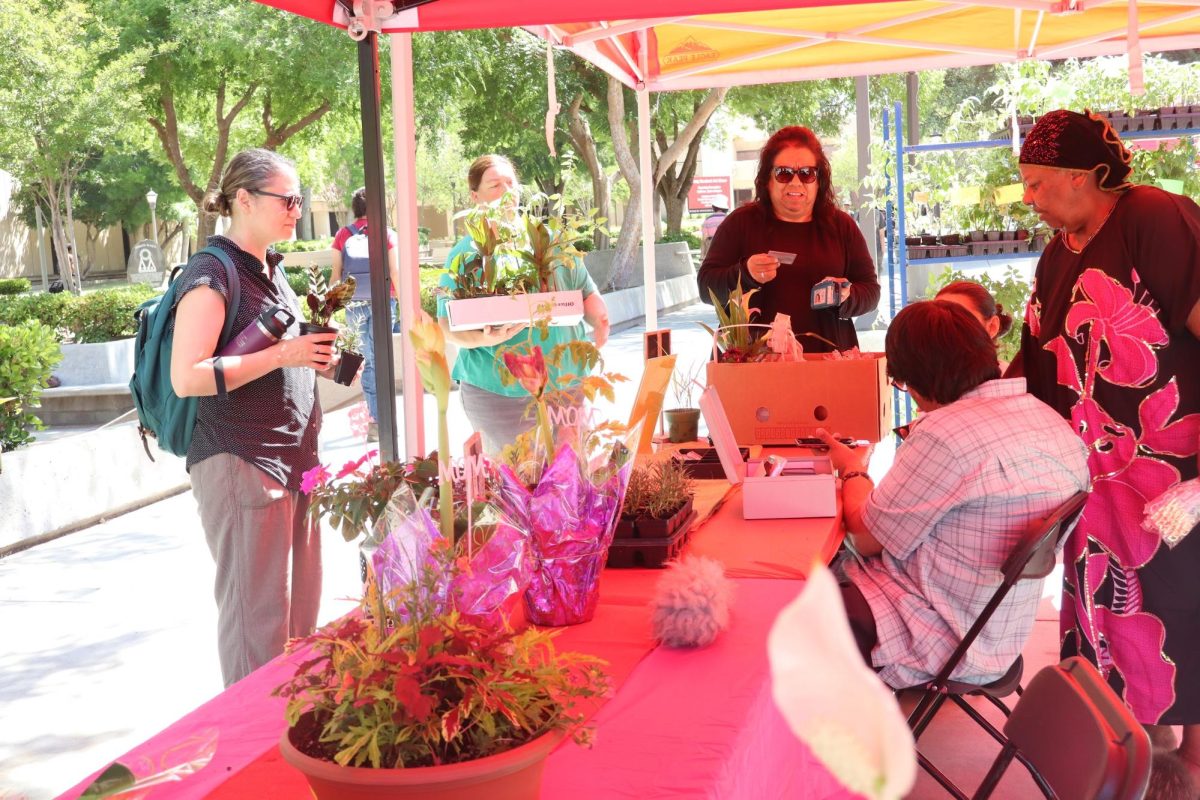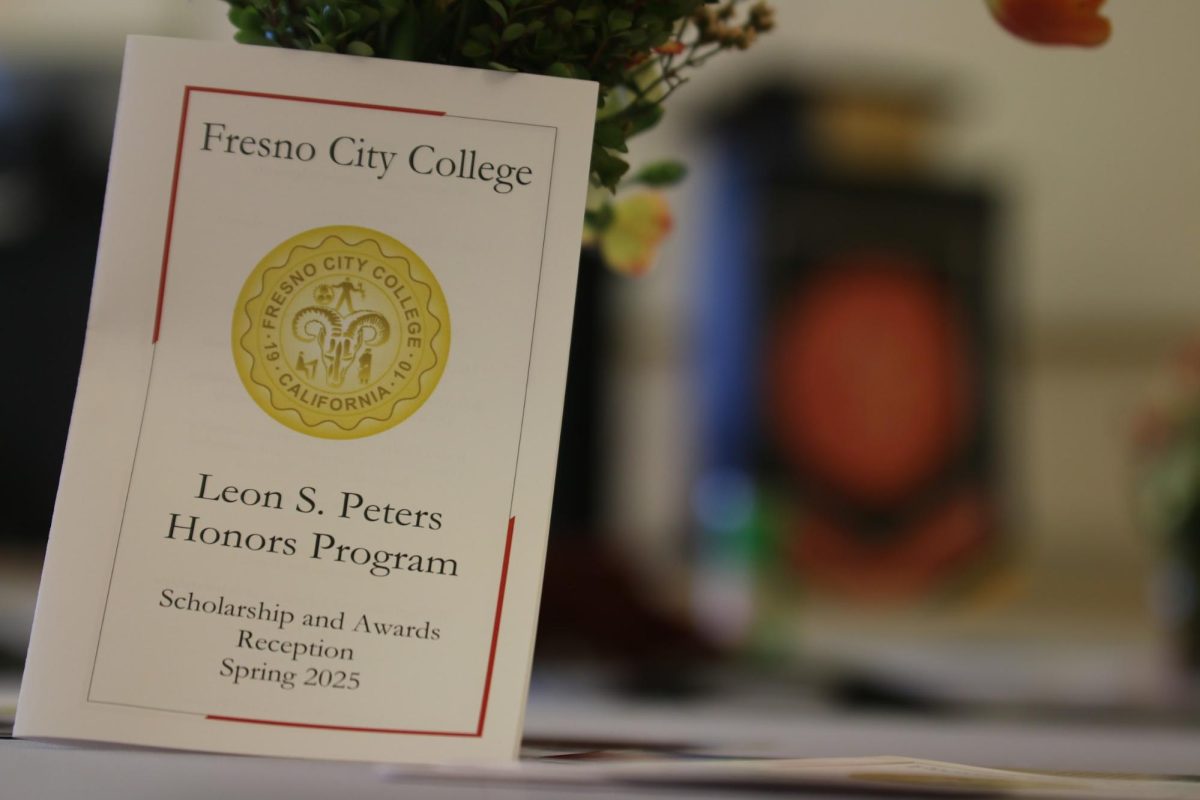Halloween is one of the oldest holidays celebrated today. But where and how did it all begin?
Halloween originates from the ancient Celtic festival of Samhain, pronounced sow-in. The Celts, who occupied the area that is now Ireland, northern France and the United Kingdom over 2,000 years ago, celebrated the beginning of their new year on Nov. 1. For them, this day marked the end of summer and the onset of a colder, darker time – winter, a time of year associated with death and sickness. They believed the day before their new year, the world between the living and the dead became blurred.
On the night of Oct. 31 the Celts celebrated Samhain in which the spirits of the dead would return to the earth. They believed that their Celtic priests, Druids, were able to predict the future easier with the presence of the deadly spirits. These predictions were crucial to the Celts because it brought comfort and direction during the winter.
In celebration of this event, they would build large sacred bonfires where the Celts would burn cross and make animal sacrifices to their deities. The Celts would dress up in costumes made of animal heads and skins and would attempt to tell each other’s fortunes.
After the Roman Empire took over most of the Celtic territory, two of their Roman celebrations began to incorporate some the Samhain rituals. The Romans celebrated the passing of dead during a celebration called Feralia, which took place in late October. Their second celebration was that to honor their goddess of fruit and trees, Pomona.
As time passed and the Roman Catholic church grew stronger and more prevalent, the celebration Samhain was no longer recognized. However, the celebration of the passing of the dead never died. Throughout the years, it has changed names several times – All Martyrs Day, All Saints Day, All Souls Day, All Hallows Eve and now Halloween.
When Halloween was first introduced into American culture, it was limited to colonial New England, but was celebrated in Maryland and other southern colonies. The first celebrations consisted of parties which celebrated the harvest, telling ghost stories and the dead, reading each other’s fortunes, singing and dancing.
As new immigrants arrived in America, especially the Irish, they brought with them their own Halloween celebrations. Mixing English and Irish traditions together, Americans started to dress up in costumes going house to house asking for food or money. As time evolved in America, so did the themes of Halloween. The holiday moved into a more family friendly get-together than one about ghost stories and celebrating the dead. Festivals had season related games, foods and merry costumes. Adults and parents were asked to remove the grotesque and frightening aspects of this holiday from their homes and stories. Due to those efforts, Halloween had lost it’s ‘superstitions and religious overtones by the beginning of the twentieth century’ according to history.com/Halloween.
During the 1920s to the 1930s Halloween was a secular and community celebrated event. It featured parades and town-wide parties. However, vandalism began to break out during these festivals. The authorities handled this outbreak by encouraging the people of the town to hold parties at their home or at school and to limit the holiday to children. The traditional Trick-or-treating we know today began as an inexpensive way to have a localized celebration without the crime. “In theory, families could also prevent tricks being played on them by providing the neighborhood children with small treats,” according to history.com/Halloween.
So what traditions from the past are still present in today’s Halloween celebrations?
Trick-or-treating is estimated to begin during All Soul’s Day where poor citizens would beg for food from families. Those who could afford it gave them “soul cakes” for their promise to pray for the family’s dead relatives. The tradition of dressing up in a costume began during Samhain. Where people would dress up to prevent ghosts and otherworldly creatures from recognizing them so they would not prey upon them. The bobbing of apples came from the festival of Pomona. The goddess’s symbol was an apple and was use commonly during the Roman’s celebrations.
The celebration of Halloween has been around for centuries, but has evolved throughout the years to what we know now.

